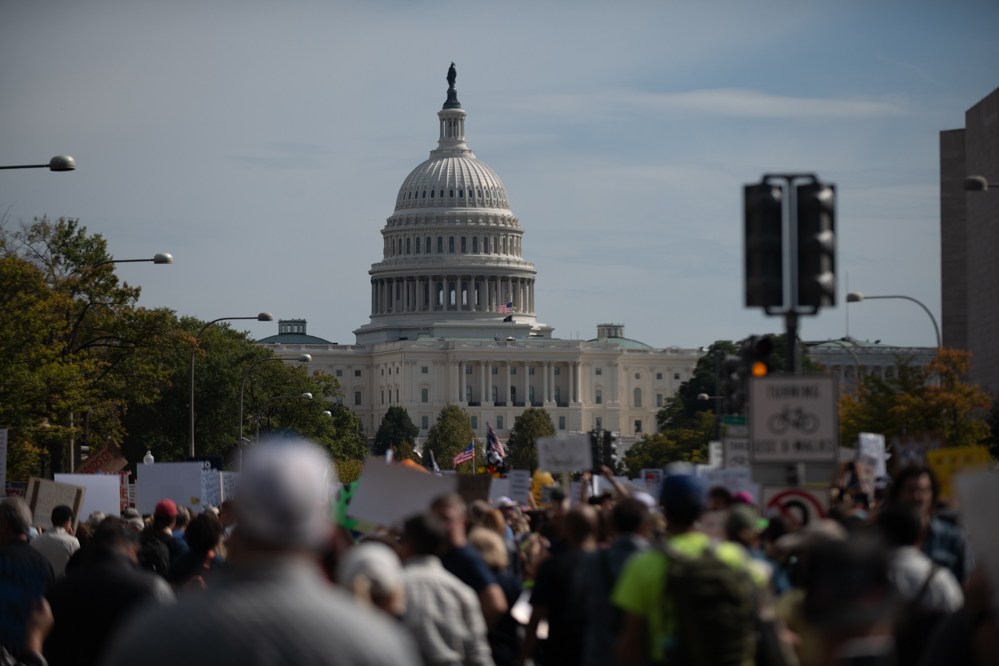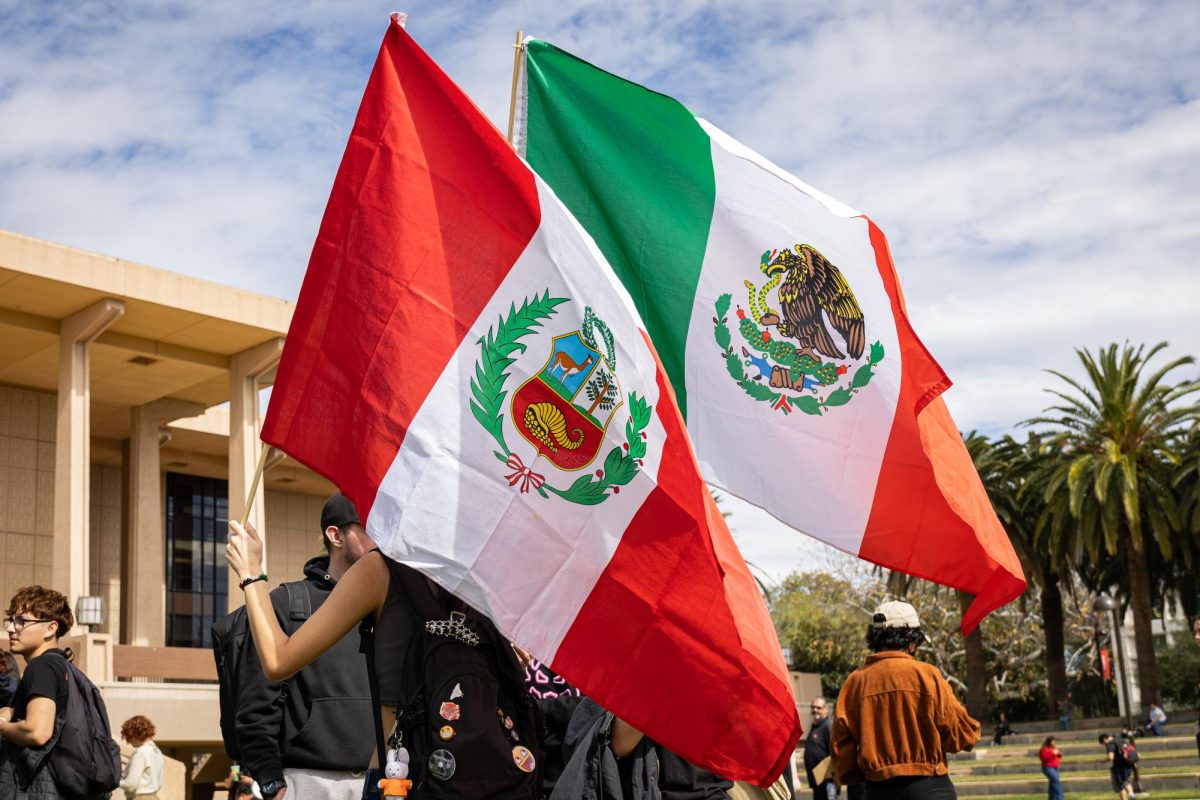There has been a few friends, relatives, even strangers, asking me what type of certification label should they look for on products, like chocolates, coffee, energy bars, etc.
It seems like an easy answer, though as I caught myself responding to their questions, they had follow up questions that made a Q&A into a conversation then into a short workshop on certification labels.

I could only get into so much of what certification labels to look for because different types of monitoring organizations are going through their own discussions what should be the primary, if any, label.
Let’s start with organic foods. Lots of foods out there state they’re organic and/or organic certified but there might not be any organic certification on them to be sure.
The one certification we could count on is from the U.S. Department of Agriculture (USDA) that it does its work in finding out if the product itself is really organic.
Some products, however, might actually be organically made but not have that USDA certification label. Most likely, hopefully according to their integrity, the product might be an organic one but might either be in the process of being certified or the makers of that products do not want to go through the process of being certified, like paying a fee.
Now, talking about paying a fee, same thing comes when talking about Fair Trade products, which some are organic, but not all.
Fair Trade is a bit more complicated because many of its products, especially nowadays, are either in the process of being certified Fair Trade or not wanting to be certified, though they might practice Fair Trade procedures, or who knows?
To keep it simple when looking at products, simply feel safe if you see the Fair Trade Certified label or the Fair for Life certification labels.
However, if you find a product that seems “fair” or “organic” just read the entire print on the product and make a conscious decision.
That conscious spending is crucial because it’ll affect the most important people, the producers.




